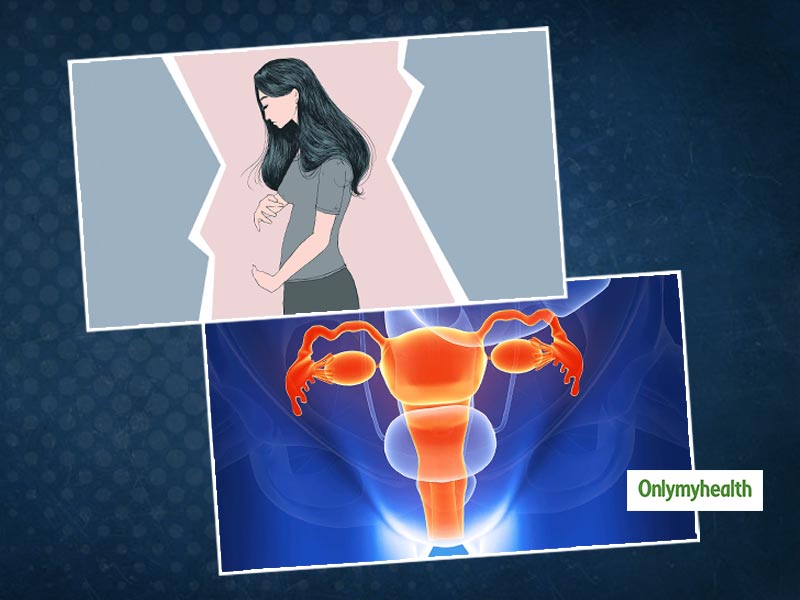
Most women at some point of time or other may have faced difficulties with their reproductive system, which in some cases may also lead to difficulty in conceiving. It is important to note that the reproductive system of a female is very complex, and there are numerous reasons why you might be possibly dealing with trouble when you are planning to start a family. Below mentioned are common problems by Dr Anagha Karkhanis (Senior Gynaecologist and Infertility Specialist and Director of Cocoon Fertility) that may be impacting a female’s reproductive system.
Table of Content:-
Endometriosis
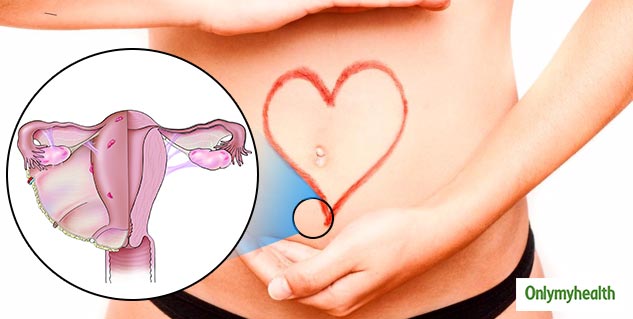
It is a condition where the endometrium, which is the tissue lining the cavity of the womb, lies outside of the womb. E.g. it can grow in the ovaries and cause cyst, it can lie behind the uterus and cause adhesions, it can lie on the bladder and cause adhesions in the front, it can also very rarely lie at places in the abdomen causing the bowel and the omentum to stick to the ovary or the tube or the uterus, thus damaging the pelvic organs and altering the relationship with each other.
- In endometriosis, because the tissue lying outside the cavity of the womb is the tissue of the lining of the uterus, every time a woman gets her periods, this tissue also bleeds. This is accompanied by painful menses, by a chocolate cyst in the ovaries and adhesions.
- All these factors would hamper fertility by hampering ovulation, further increasing the risk of ectopic pregnancy and reducing the chances of pregnancy. It can also affect the implantation and stop the pregnancy from occurring.
- This out-of-place tissue causes discomfort, infertility issues and substantial period flow. The ache is typically in the belly, in the lower back, or near the pelvic areas.
- People who have Endometriosis can sometimes have a lot of pain, and the hallmarks of the treatment are pain reliefs and try to keep the disease under control. The procedure for Endometriosis can be as simple as going on the oral contraceptive pill.
- Some women might need stronger injectables to control the symptoms of Endometriosis. Both of these come under the medical management of the condition but will stop women from getting pregnant as both these procedures, i.e. contraceptive pills and injections stop the process of ovulation.
- Where a cyst forms in the ovary, which is also called a chocolate cyst or Endometrioma, surgery may be required. Also, where Endometriosis has caused adhesions with intractable pain in the pelvic, this surgery may be necessary to release the adhesions to give pain relief.
Also Read: Khatna Or Female Genital Mutilation: The Scarring Stories Of Women Subjected To The Horror
Uterine fibroids
- These are the most common tumours which are noncancerous and which affects the female’s reproductive system. The actual reason behind the occurrence of fibroids is unidentified.
- These fibroids cause symptoms like heavy menstrual cycles which are painful, bleeding in between your monthly periods, frequent urination, pain while indulging in sex, feeling full in the lower abdominal area, pain in the lower back region. Most women go without any symptoms, and one must always check with your health care provider if you face any health concern.
Also Read: International Condom Day 2020: Non-Hormonal Methods Of Contraception Explained By Dr Neema Sharma
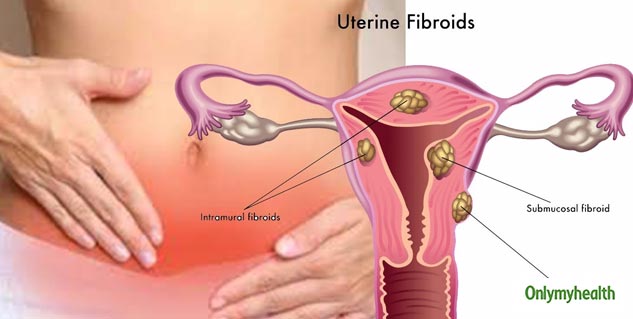
- Most fibroids do not need treatment and tend to be asymptomatic. However, if fibroids are giving you symptoms of pain, bowel or bladder complains, hefty bleeding or is interfering with your chances of getting pregnant, then treatment may be needed.
- Depending on the size and the position of the fibroid, the medicine may either be medical with the use of tablets or injections or can be surgical, which is an entirely different procedure called as the Myotomy. Myotomy can also be done through keyhole surgery, making the operation very safe these days.
- Any fibroid which is present inside the cavity of the womb tends to be more problematic. Usually, doctors would suggest that the procedure of hysteroscopy and polypectomy should remove these.
Also Read: 7 Things You Should Know When You Get Your First Period
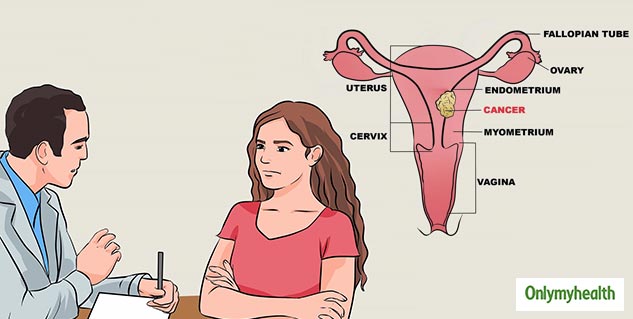
Polycystic ovary syndrome
- Polycystic ovary is a condition which is very common in our population. About 25 to 30% of women in their reproductive age groups suffer from Polycystic ovary syndrome.
- It is a condition of hormone imbalance, where the proportion of female and male hormones in the lady is disturbed. The situation is characterised by difficulty in the process of ovulation where there is a problem with the growth of the follicle and the rupture of the follicle.
- Because the ovulation cycle does not happen properly, the hormonal imbalance that occurs secondary to that, also makes the periods irregular. The irregular menstrual cycle is the hallmark of this condition.
- These women also tend to have facial hair, and they are more prone to acne and menstrual irregularities. The ultrasound scan shows a classical picture of the multi-follicle ovary where the follicles may sometimes be arranged along the periphery of the ovary giving it an appearance of a pearl necklace.
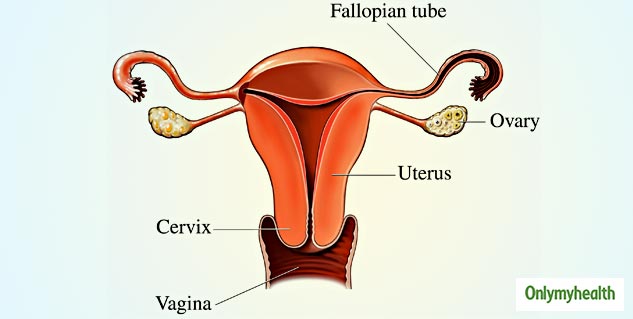
- Women who are overweight or obese are more prone to have PCOS. However, about 30% of women who have PCOS are of average weight which is called thin PCOS.
- Women diagnosed with PCOS are at a higher risk of falling prey to diabetes and heart ailments. Symptoms may comprise of fertility problems, pain in the pelvic area, issues of hair thinning or even baldness, excessive growth of hair on the thumb, toes, face, belly and chest.
- Some women may also face acne issues, oily skin and dandruff problems. Treatment of the PCOS depends upon what the women require, so if it is a treatment of thinning of hair, acne, blemishes or coarse facial hair, then cosmological therapies may be offered.
- Generally, putting a woman on an oral contraceptive pill helps to stabilize the hormones and that allows the menstrual cycle to come into sync. But women who are trying for a pregnancy, putting them on a pill would be counterproductive.
Read more articles on Women’s Health
How we keep this article up to date:
We work with experts and keep a close eye on the latest in health and wellness. Whenever there is a new research or helpful information, we update our articles with accurate and useful advice.
Current Version